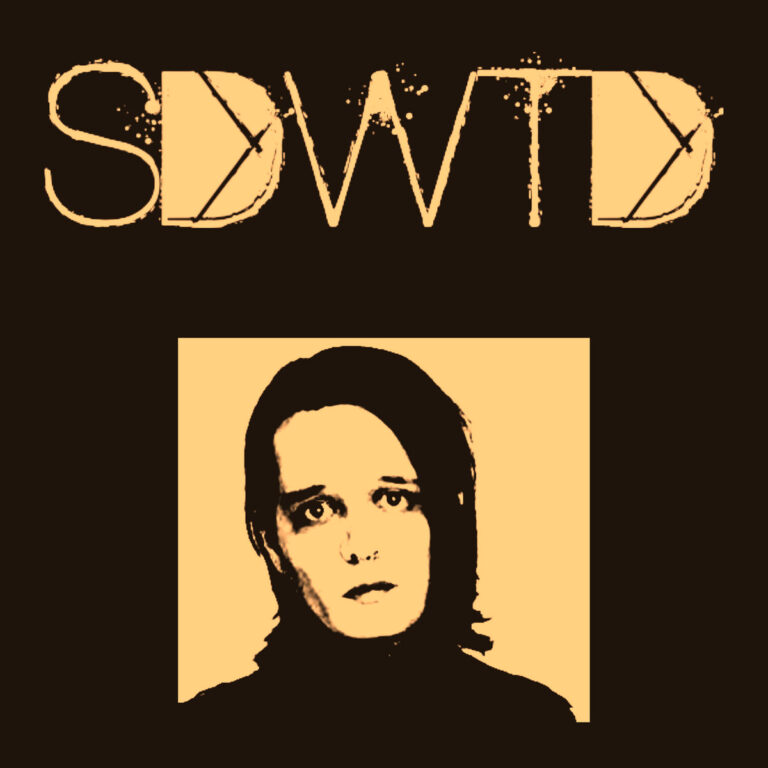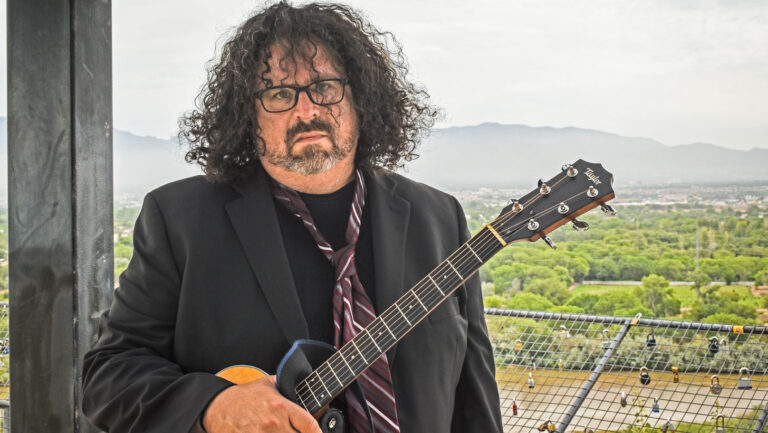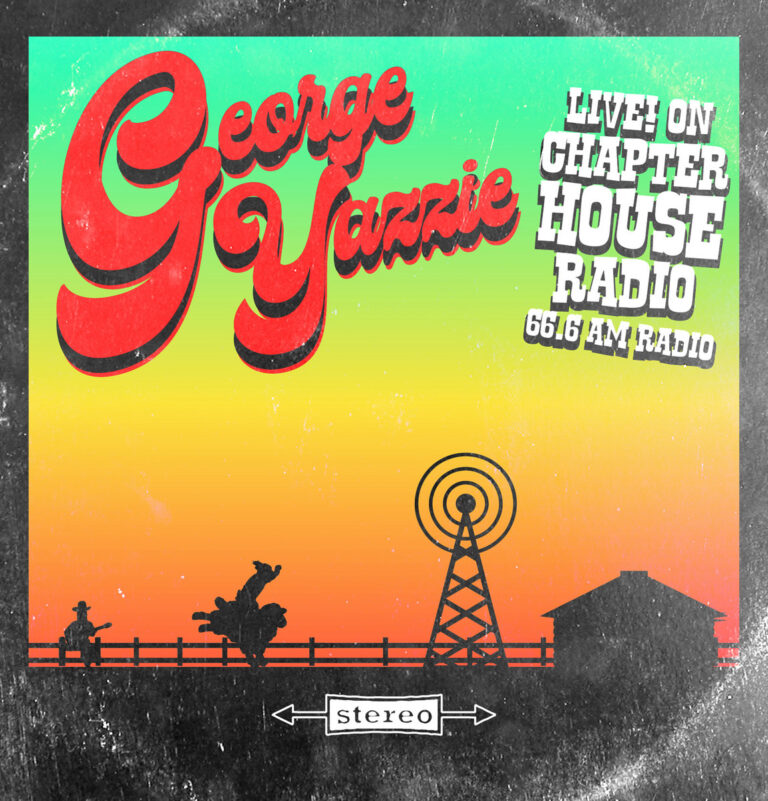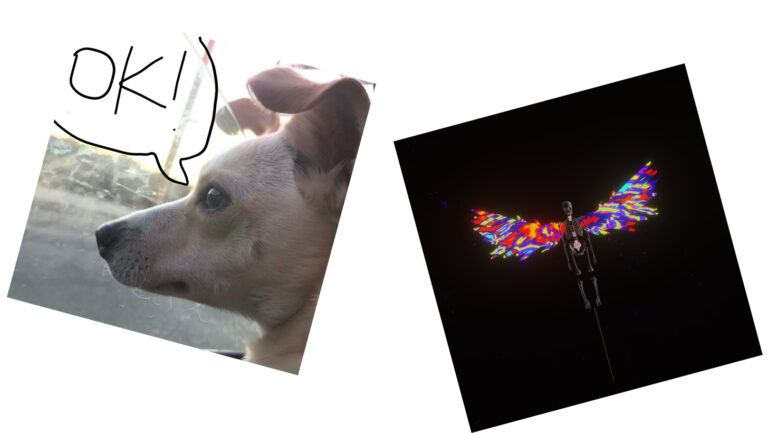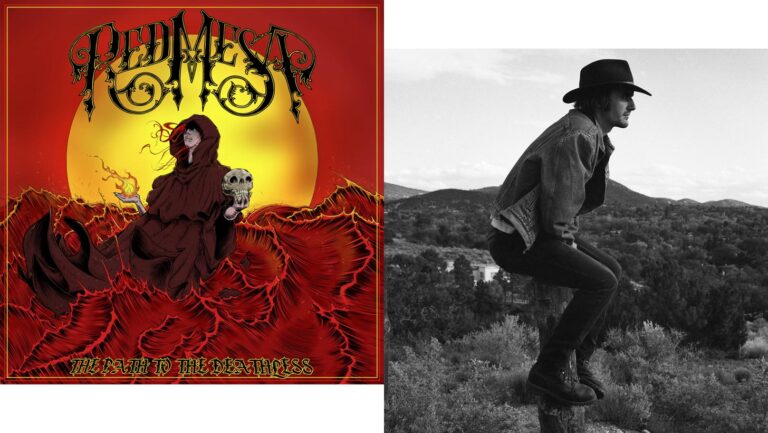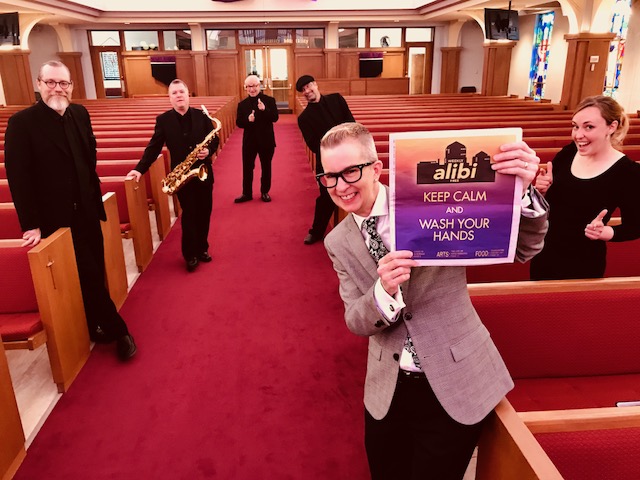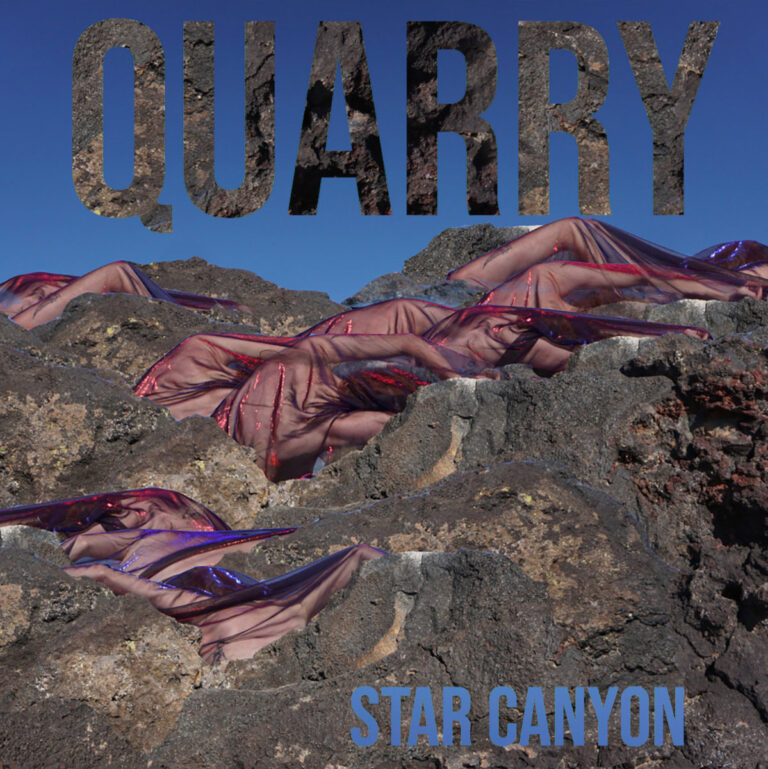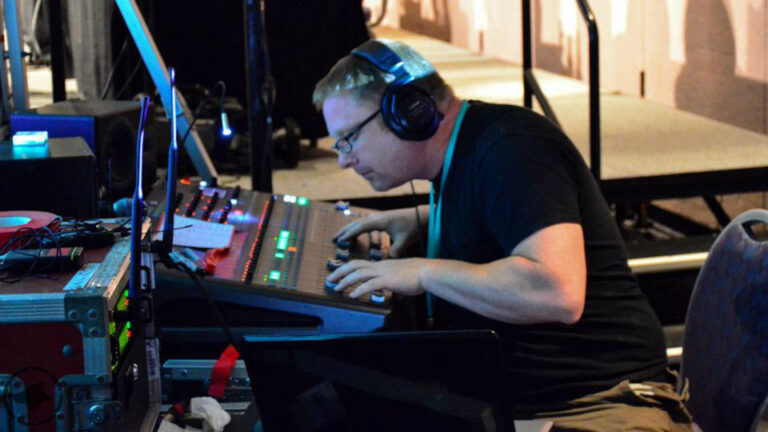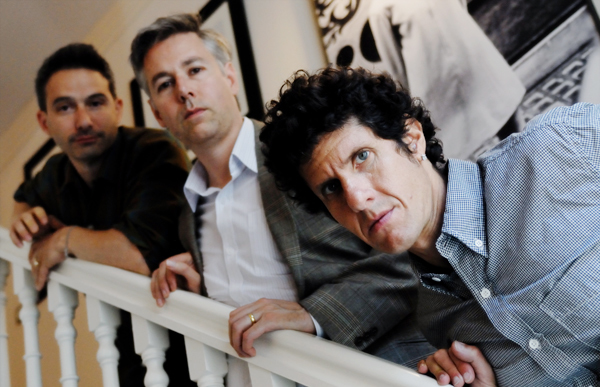You may remember a sweaty-palmed week in middle school when you were forced to square dance by an overbearing gym teacher. And you may shudder at the thought of repeating the event. Although contra dance has similarities to square dancing, there’s no need to be wary. People of all ages have discovered that contra dancing is fun. It might be time to heal the wounds and check it out. “The dance is having a renaissance around the country,” reports NPR, “thanks to a thriving youth scene.” The latest trend is dancing contra to hip-hop or techno, dubbed “crossover contra” or “contra-fusion.” Although it might be happening all around them, many people may have never heard of the style. Contra dance is a form in which people begin in two long lines, facing one another, and are led through a series of steps by a caller. Dancers cycle through moves with the person opposite and those on either side, ending up dancing with several different partners. Jane Phillips, president of the New Mexico Folk Music and Dance Society, says her organization puts on contra dances four times a month. Music for the dances, at least in Albuquerque, is usually provided by an old-time string band. Old-time music sounds similar to bluegrass, but folk music devotees know there’s a difference. It’s older, for one. Phillips calls it Appalachia mountain music, but adds that it’s complicated to pinpoint Appalachia as the only birthplace because there are other traditions all over the country. “It’s basically the old mountain music pre-recording, pre-radio, passed down through the aural tradition,” she says. Phillips herself, who plays fiddle and upright bass, learned to play by ear. Old-time music was traditionally for gatherings where dancing and jamming took place: more for the participants than the audience. Bluegrass grew out of the style after the advent of radio, and is generally showier and more performance based. Contra popularity among youth, Phillips says, may have to do with bands pushing the boundaries of the genre. Some are adding brass sections and drum kits and, in other ways, “dressing up” the music. Other contra-fusion bands are bringing in jazz, swing and Celtic elements. While in other cities there are contra dances every night of the week, there hasn’t been a huge increase in attendance at local events—yet. According to Phillips, however, there are always some twenty- and thirtysomethings on the dance floor and there have been several newcomers lately. It’s easy to try it out—FolkMADS offers free half-hour lessons for beginners before each dance, and the experienced contra dancers are welcoming. Those who want to dabble don’t need to bring a partner, and dress is casual. The curious can come to just watch and listen to the music, and on Megaband nights—every third Saturday of the month—any musician with an acoustic instrument can sit in with the band.
ABQ Contra Dance
with ABQ Megaband and caller Linda Starr
Saturday, Sept. 18, 7 to 10:30 p.m. (and every third Saturday of the month)
Heights Community Center
823 Buena Vista SE, 848-1334
Tickets: $8; $7 member; $4 students with I.D.
folkmads.org


